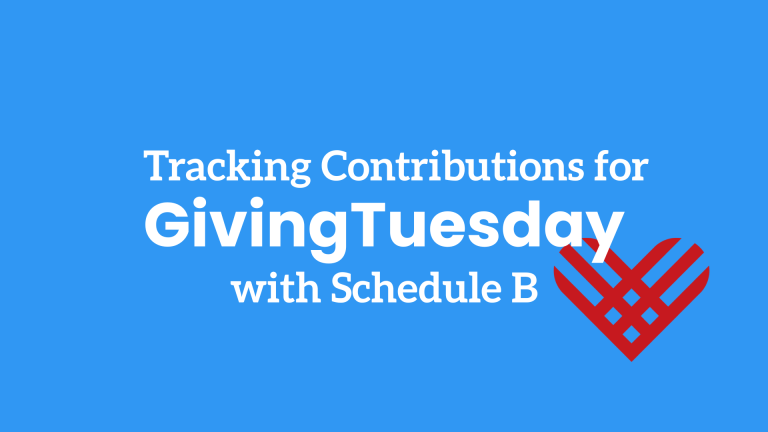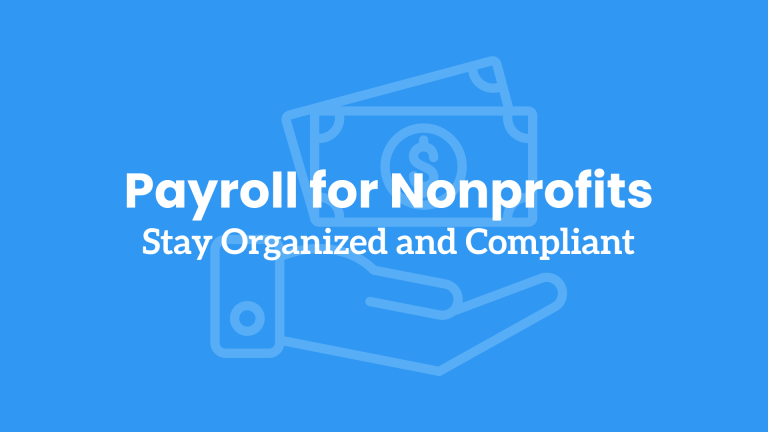Estimated reading time: 7 minute(s)

As GivingTuesday approaches, many nonprofits are focused on fundraising goals, donor engagement, and campaign planning. But one important part of preparation often gets overlooked: understanding which IRS Form 990 your organization will need to file after the giving season ends.
The form you file depends largely on your gross receipts and total assets. Since GivingTuesday can significantly boost income, it is important to know how these thresholds work so you can stay compliant and plan ahead.
Form 990 Filing Thresholds
Here’s how to know which version of Form 990 your nonprofit should file:
Form 990-N (e-Postcard)
- Who files: Organizations with gross receipts normally $50,000 or less.
- What it is: A short electronic notice that confirms your organization’s existence and basic information.
- Tip: Even if your GivingTuesday campaign is small, file this on time to maintain your tax-exempt status.
Form 990-EZ
- Who files: Organizations with gross receipts less than $200,000 and total assets under $500,000.
- What it is: A shorter version of the full Form 990 that still requires some financial reporting and public transparency.
- Tip: If your GivingTuesday results push your annual income close to the $200,000 threshold, start preparing records early.
Form 990 (Full Form)
- Who files: Organizations with gross receipts of $200,000 or more or total assets of $500,000 or more.
- What it is: The most detailed form, covering your organization’s finances, governance, programs, and mission impact.
- Tip: A strong GivingTuesday campaign can help your nonprofit grow into this category. Be sure your accounting practices and documentation are ready to support a full filing.
Form 990-PF
- Who files: Private foundations, regardless of income level.
- What it is: A specialized version of Form 990 that reports on grants, investments, and assets.
Preparing Financially for GivingTuesday
To avoid confusion at tax time, take these simple steps before and after GivingTuesday:
- Track all campaign-related donations carefully, including online and offline gifts.
- Keep records of any grants, sponsorships, or matching gifts received during the event.
- Reconcile income in your accounting system soon after GivingTuesday ends.
- Review your total gross receipts to determine whether your organization’s filing status might change this year.
The Takeaway
Clear records and early awareness of how GivingTuesday donations with impact your filing category will keep you compliant at tax time. For more helpful resources like this, explore our full GivingTuesday Success Center.




Leave a Comment